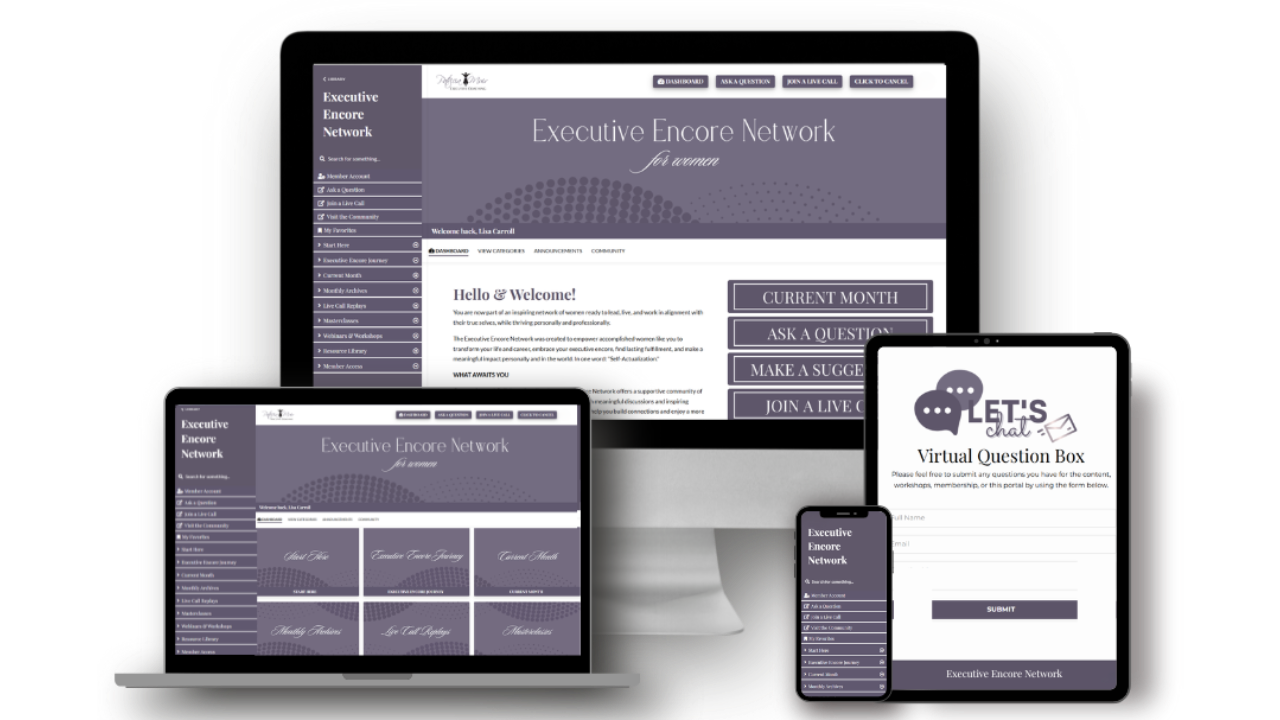
5 Steps to Build Peak Performance – Step 3. Play
Mar 29, 2017Are You Having Fun at Work?
In Dr. Hallowell’s book Shine: Using Brain Science to Get the Best from Your People (Harvard Business Press, 2011), his third step in the Cycle of Excellence refers to play in providing optimal working conditions for peak performance.
To recap, the author, a psychiatrist and behavior expert, draws on brain science, performance research and his own experience to present the Cycle of Excellence process for getting the best from your people:
- Select: Put the right people in the right job, and give them responsibilities that “light up” their brains.
- Connect: Strengthen interpersonal bonds among team members.
- Play: Help people unleash their imaginations at work.
- Grapple and Grow: When the pressure’s on, enable employees to achieve mastery of their work.
- Shine: Use the right rewards to promote loyalty and stoke your people’s desire to excel.
One of the most important things leaders and managers can do for people is to help them expand and use their imagination.
Standards and Compliance Need a Little Creative License
My work coaching executive teams often involves rules, regulations, standards and compliance. When I begin working with my client, I often see one of two scenarios.
- An overemphasis on rules and regulations that blocks creative thinking and demoralizes employees who really want to perform beyond mediocrity. Bright performers are stifled when they hear “This is the way we do it around here.” The message is “Don’t ask questions. Do it our way, or else.” A throwback to “command and control”.
- Rules and regulations that are impossible to implement consistently because of a poor fit and/or the lack of commitment and energy to enforce. The resulting message is that rules, regulations, and standards don’t really matter – it’s all lip service. Leaders and managers lose face as employees ignore the rules and regulations. One of the best examples I come across is the “Dress Code”.
Some would think there is no place for creative license in developing rules and regulations. However, when implementing initiatives based on any standard, I coach my clients in interpreting the standard so that it fits and complements their business. Forcing the business into the standard for the sake of compliance is like a forcing your foot into an ill-fitted shoe. There’s going to be pain! I stress that their work is to create policies, procedures, rules, and regulations that serve the business, the workplace environment, and the community that the business serves.
Rules and regulations that serve only to meet compliance squeeze the spark out of people, leaving them dull and disengaged. A common symptom is the growing attitude of “I have to”. Wouldn’t we all perform better if rules and regulations provided structure while cultivating the attitude of “I want to”?
Bear with me! You may be thinking there’s not much time or energy for socializing and having fun at work. There is resounding evidence that much more can be accomplished with a sense of play.
In fact, the success of your business and your employees depends on it. Here's why.
Step 3: Play
Play isn’t limited to break time. Play is any activity that involves the imagination, lights up our brains, and produces creative thoughts and ideas. Peak performance takes positive physical, mental, and emotional energy. Play provides all of this by boosting morale, reducing fatigue, and bringing joy to our workdays.
Bringing play into daily workplace activities is not as difficult as some may think. Leaders and managers could encourage imaginative play more frequently with these steps:
- Ask open-ended questions.
o Expand thinking beyond “yes” and “no”.
- Encourage everyone to produce three new ideas each month.
o New ways of working.
o New ways of making customers happy, etc.
- Allow for irreverence or goofiness (without disrespect), and model this behaviour.
o A breakout of laughter, song, or even dance will boost any business environment.
- Brainstorm.
o How can we do this better?
o What’s missing?
- Reward new ideas and innovations.
o Acknowledgement with a sincere “thank you” is powerful whether in private or in public. Small rewards often are more effective than a big production once or twice a year. Don’t cancel your big celebrations; just add smaller and more frequent celebrations. Make them sincere and meaningful.
- Encourage people to question everything.
o Accept the questions and open up for discussion. Expand critical-thinking. Make it safe for everyone to learn from sharing and questioning.
What do you think about this?
- Do you pay attention to playfulness and opportunities to be creative and imaginative?
- Do you have fun at work?
Books and Audiobooks
Shine: Using Brain Science to Get the Best from Your People (Harvard Business Press, 2011)
On iTunes Audiobook
Fun is Good: How to Create Joy & Passion in Your Workplace & Career, Mike Veeck & Pete Williams (Rodale Books, 2005)
Photo © iStock.com / ParkerDeen
Next Steps
You don’t need to navigate your Executive Encore alone. Discover a better way to take charge of your experience.
- Schedule a 30-Minute Complimentary Executive Encore Call.
Ready to elevate your encore chapter?
- Join the Executive Encore Network for Women, a membership and community of supportive women ready to inspire and uplift. Subscribe to the Sunday Encore to begin your Executive Encore Journey and register for the next Tour to learn more.


